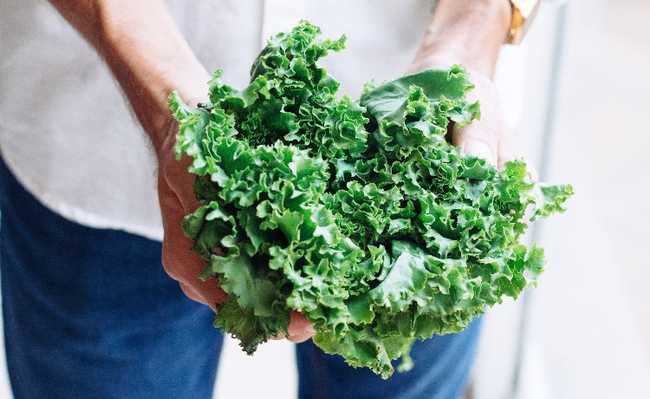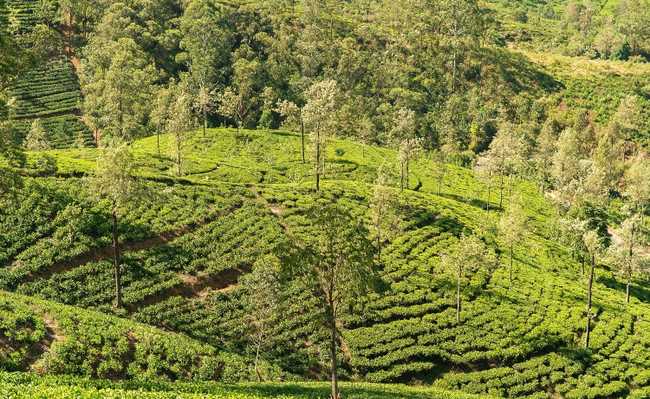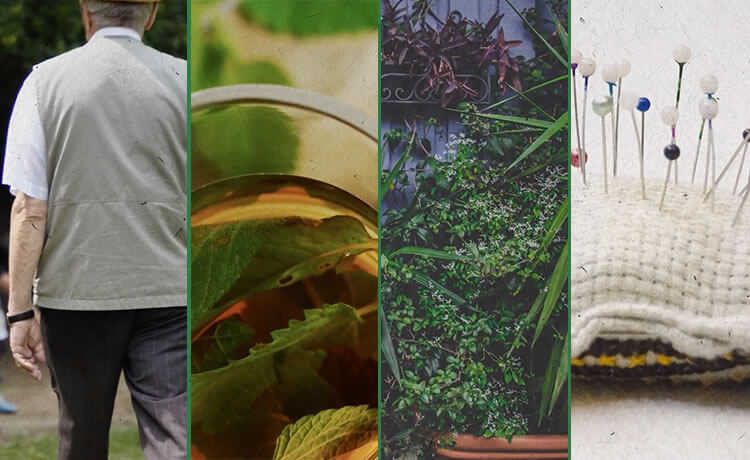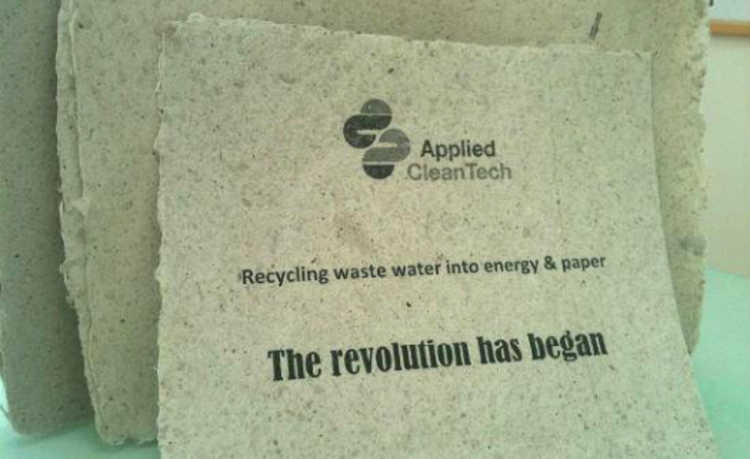20 foods rich in vitamin K
Vitamin K plays an important role in bone and heart health and can be found in many foods.

Image: Adolfo Félix on Unsplash
Vitamin K is an important nutrient that plays a vital role in blood clotting and bone and heart health. Although vitamin K deficiency is rare, a suboptimal intake can harm your long-term health.
Insufficient vitamin K intake can cause bleeding, weaken bones and potentially increase the risk of developing heart disease (see related studies: 1 and 2). For this reason, make sure you get all the vitamin K your body needs. The Recommended Daily Intake (RDI) is 120 mcg, which meets the needs of most people.
Vitamin K rich foods
Vitamin K is divided into two groups of compounds: vitamin K1 (phylloquinone) and vitamin K2 (menaquinone). There is also vitamin K3, which is synthesized in the laboratory and is not good for the human body.
Vitamin K 1, the most common form of vitamin K, is found primarily in plant foods, especially dark leafy green vegetables. Vitamin K2, on the other hand, is found only in animal foods and fermented plant foods.
The following 20 foods are good sources of vitamin K. For optimal health, include some of them in your daily diet.
1. Kale (kale - cooked) - 443% of the IDR per serving
- Half a glass: 531 mcg (443% of the IDR)
- 100 grams: 817 mcg (681% of the IDR)
2. Mustard (cooked) - 346% of the IDR per serving
- Half a glass: 415 mcg (346% of the IDR)
- 100 grams: 593 mcg (494% of the IDR)
3. Chard (raw) - 332% of the IDR per serving
- 1 sheet: 398 mcg (332% of the IDR)
- 100 grams: 830 mcg (692% of the IDR)
4. Cabbage (cooked) - 322% of the IDR per serving
- Half a glass: 386 mcg (322% of the IDR)
- 100 grams: 407 mcg (339% of the IDR)
5. Beet leaf (cooked) - 290% DV per serving
- Half cup: 349 mcg (290% DV)
- 100 grams: 484 mcg (403% DV)
6. Natto (traditional Japanese food made from fermented soybeans) - 261% of the RDI per serving
- 28 g serving: 313 mcg (261% of the IDR)
- 100 grams: 1,103 mcg (920% of the IDR)
7. Spinach (raw) - 121% of the RDI per serving
- 1 cup: 145 mcg (121% of the IDR)
- 100 grams: 483 mcg (402% of the IDR)
8. Broccoli (cooked) - 92% of the IDR per serving
- Half a glass: 110 mcg (92% of the IDR)
- 100 grams: 141 mcg (118% of the IDR)
9. Brussels sprouts (cooked) - 91% of the IDR per serving
- Half a glass: 109 mcg (91% of the IDR)
- 100 grams: 140 mcg (117% of the IDR)
10. Pork chops - 49% IDR per serving
- 1 rib of about 85 g: 59 mcg (49% of the RDI)
- 100 grams: 69 mcg (57% of the IDR)
11. Chicken - 43% of the IDR per serving
- An 85 g filet: 51 mcg (43% of the IDR)
- 100 grams: 60 mcg (50% of the IDR)
12. Green Beans (cooked) - 25% of the IDR per serving
- Half cup: 30 mcg (25% of IDR)
- 100 grams: 48 mcg (40% of the IDR)
13. Dried prunes - 24% of the IDR per serving
- 5 units: 28 mcg (24% of the IDR)
- 100 grams: 60 mcg (50% of the IDR)
14. Kiwi - 23% of the IDR per serving
- 1 whole kiwi: 28 mcg (23% of the IDR)
- 100 grams: 40 mcg (34% of the IDR)
15. Soybean oil - 21% of the IDR per serving
- 1 tablespoon: 25 mcg (21% of the IDR)
- 100 grams: 184 mcg (153% of the IDR)
16. Yellow cheeses - on average 20% of the RDI per serving
- 28 g: 25 mcg (20% of the IDR)
- 100 grams: 87 mcg (72% of the IDR)
17. Avocado - 18% of the IDR per serving
- Medium, medium: 21 mcg (18% of IDR)
- 100 grams: 21 mcg (18% of the IDR)
18. Green peas (cooked) - 17% IDR per serving
- Half a glass: 21 mcg (17% of the IDR)
- 100 grams: 26 mcg (22% of the IDR)
19. White cheeses - on average 14% of the RDI per serving
- 28 g: 17 mcg (14% of the IDR)
- 100 grams: 59 mcg (49% of the IDR)
20. Blackberries - 12% of the IDR per serving
- Half cup: 14 mcg (12% DV)
- 100 grams: 20 mcg (17% DV)
How to consume all the necessary vitamin K?
The richest sources of vitamin K1 are dark green and leafy vegetables. For example, just half a cup of kale provides about 322% of the daily value.
To get the most out of the vitamin K in kale and other plant foods, consider eating them with a little fat or oil. That's because vitamin K is fat-soluble and can be better absorbed when combined with it.
Vitamin K2 is found only in animal foods and certain fermented dishes. Small amounts are also produced by intestinal bacteria (8). Natto, a Japanese dish made from fermented soybeans, is one of the best sources of vitamin K2. Other good sources include meat, liver and cheese (9).
Evidence suggests that the metabolism and functions of vitamin K1 and K2 are slightly different, although this is not yet fully understood (see studies on this: 10, 11 and 12). Currently, dietary guidelines do not distinguish between the two types. But it seems like a good idea to include both types of K vitamins in your diet.










